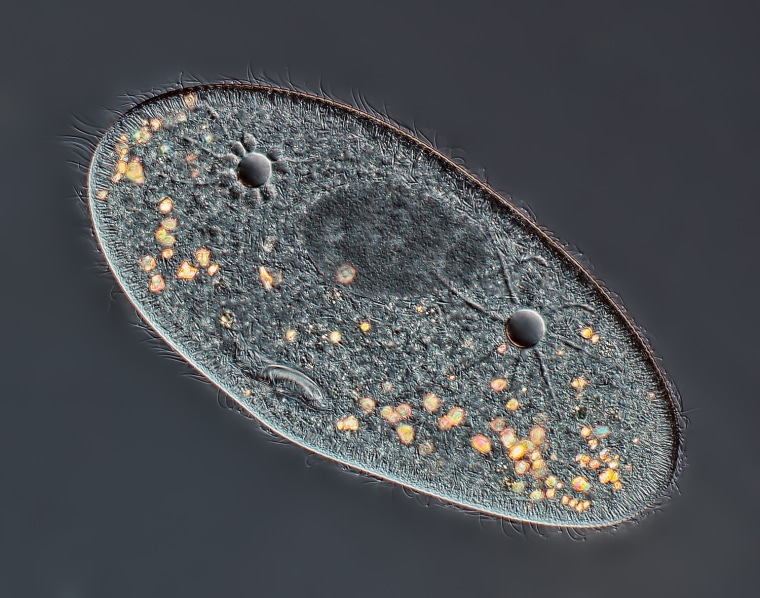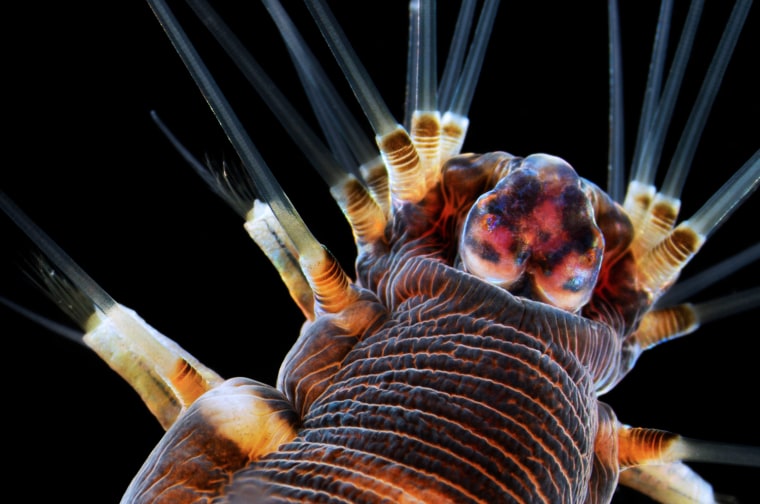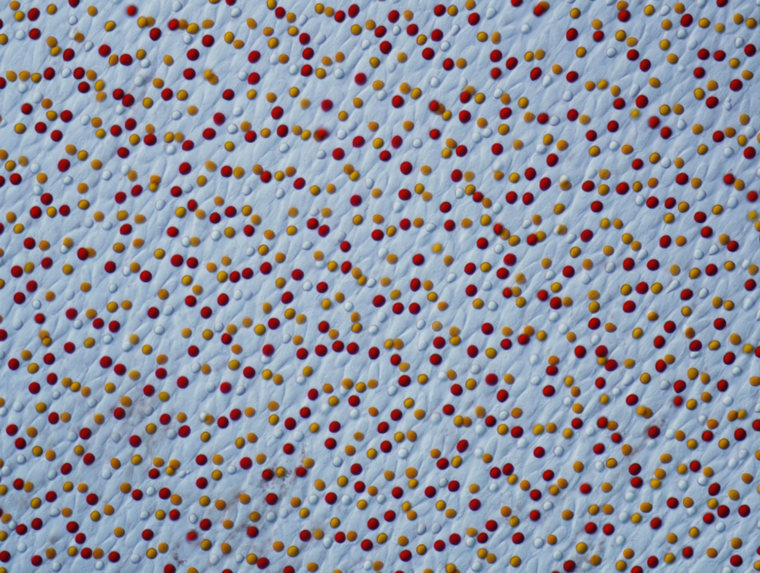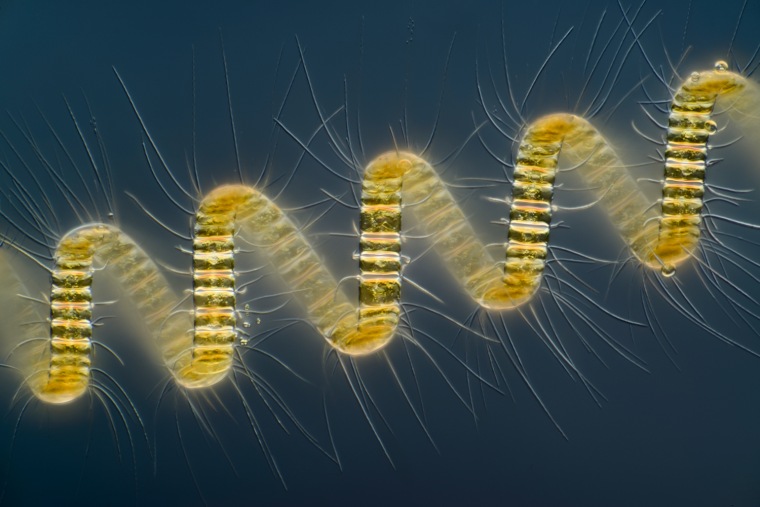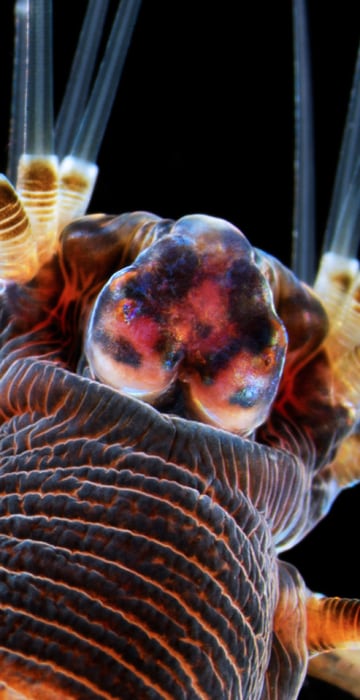
Science News
Nikon Small World 2013
See a worm gone wild, a twisty piece of plankton and other top-20 photos from the 2013 Nikon Small World Photomicrography Competition.
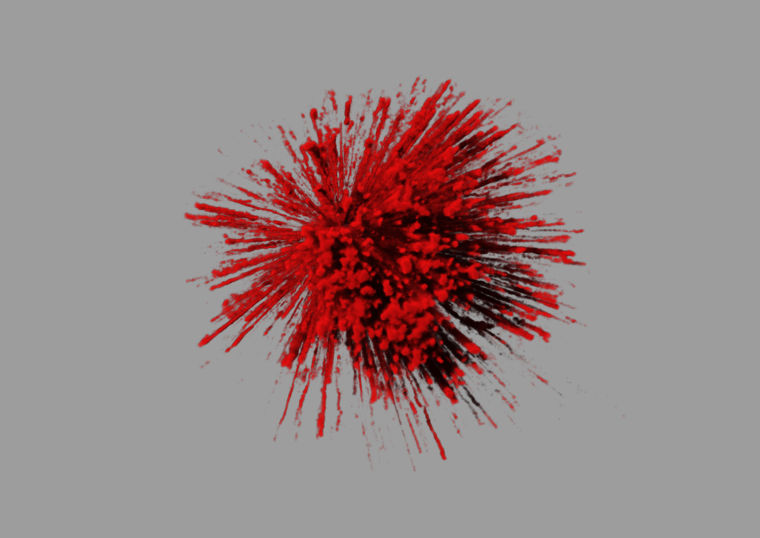
Countdown for a small world
The Nikon Small World Photomicrography Competition has been celebrating the wonders of microscopic realms since 1974. The judges for the 2013 contest sifted through more than 2,000 entries to come up with their top 20. This 20th-place entry was submitted by James Burchfield of Australia's Garvan Institute. It shows the explosive dynamics of sugar transport in fat cells. Browse through our slideshow to count down to the top-rated image.
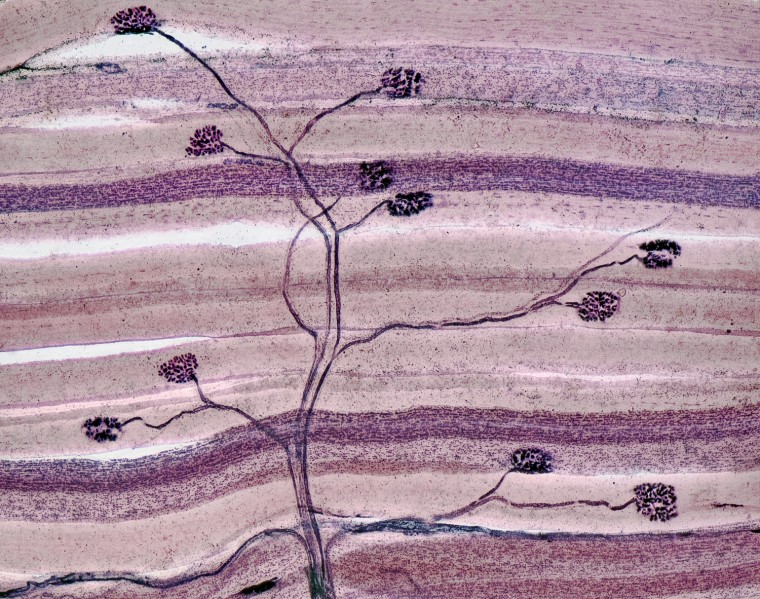
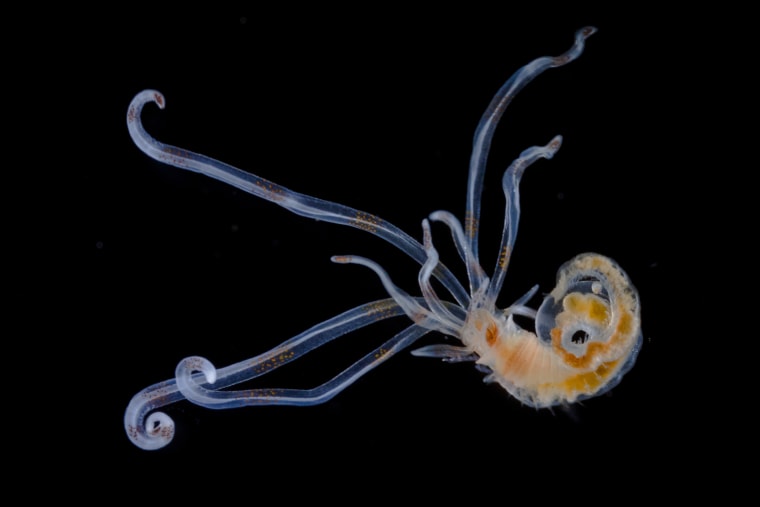
Early worm
This darkfield image by Christian Sardet of France's National Center for Scientific Research shows the larva of an annelid, or segmented worm, at 100x magnification. In darkfield microscopy, contrast is created by a bright specimen on a dark background. The image won 18th place in the Nikon Small World competition.
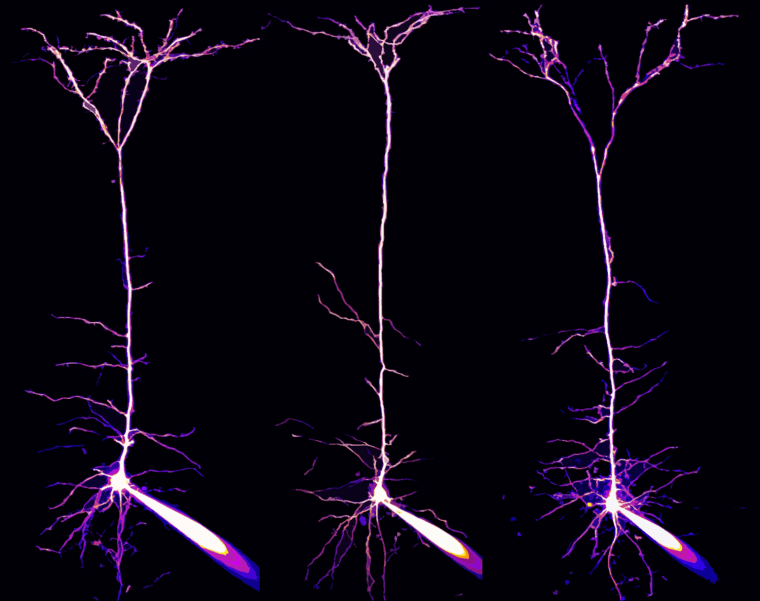
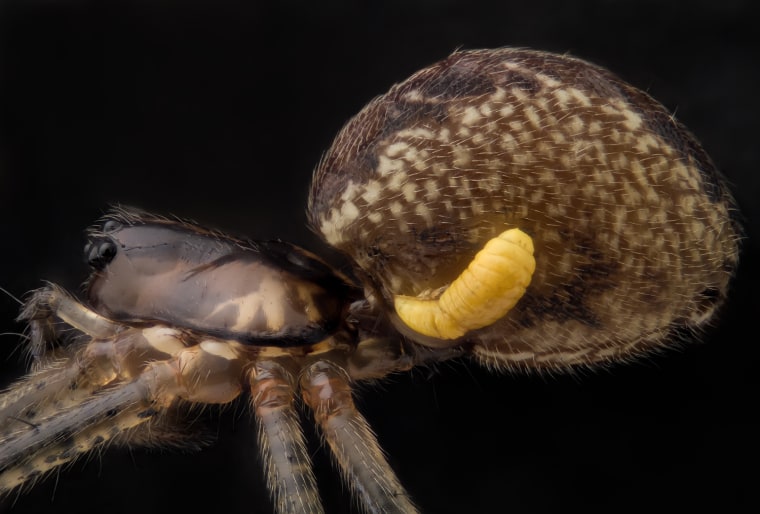
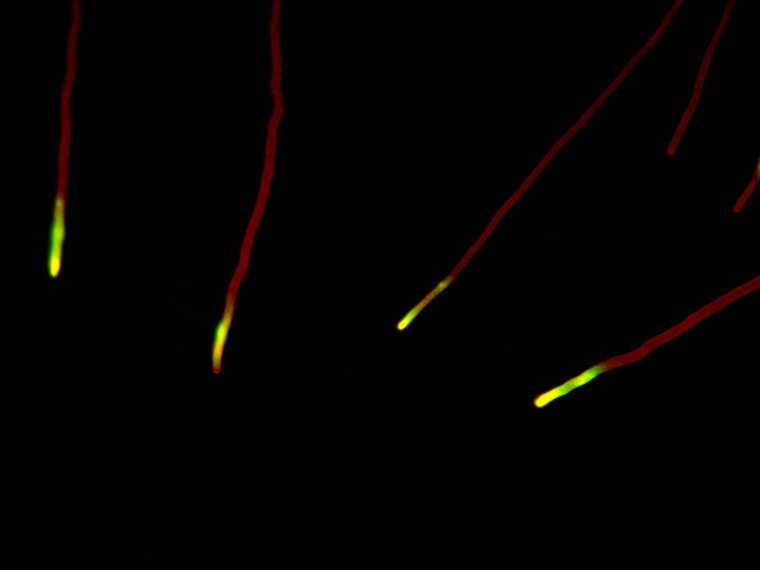
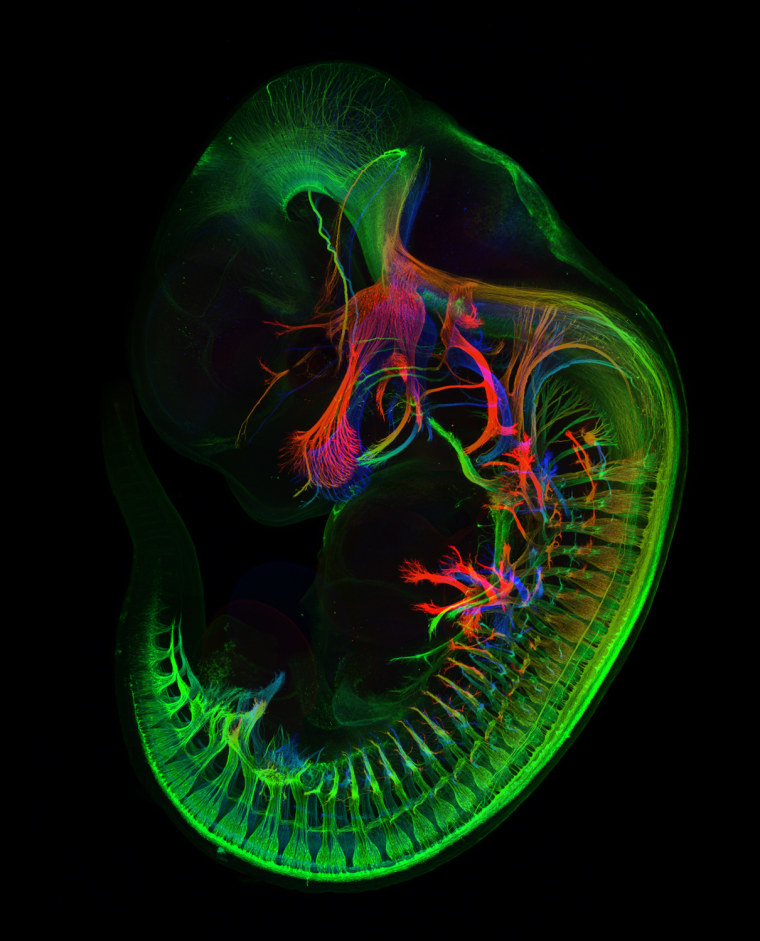
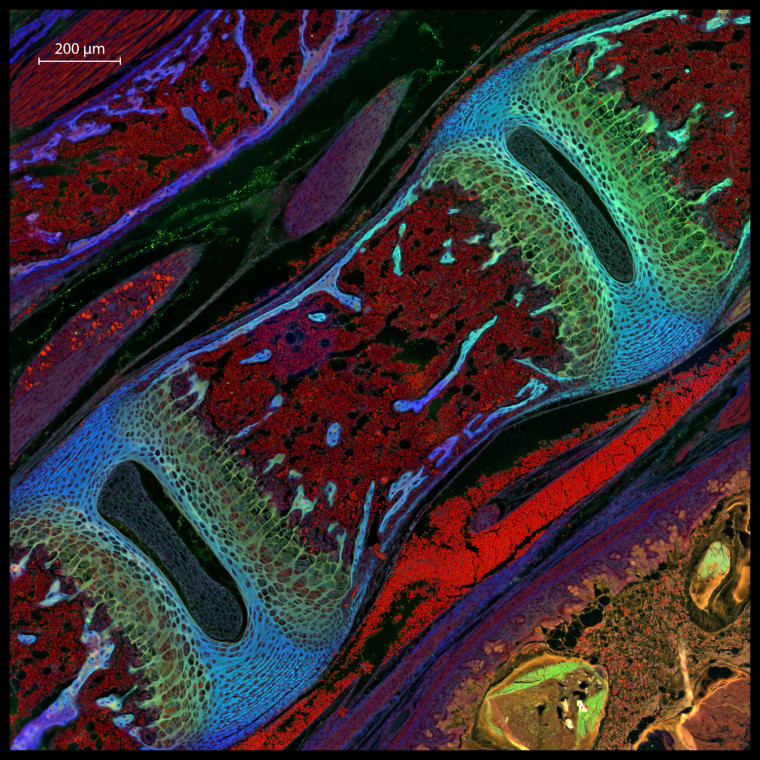
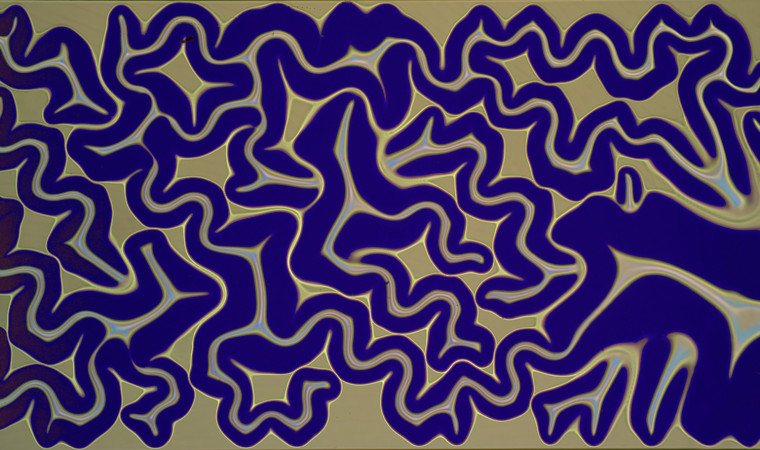
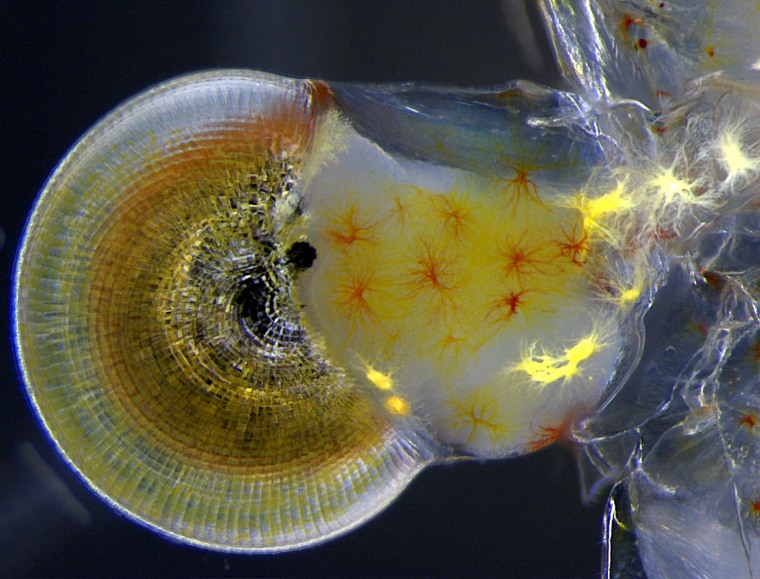
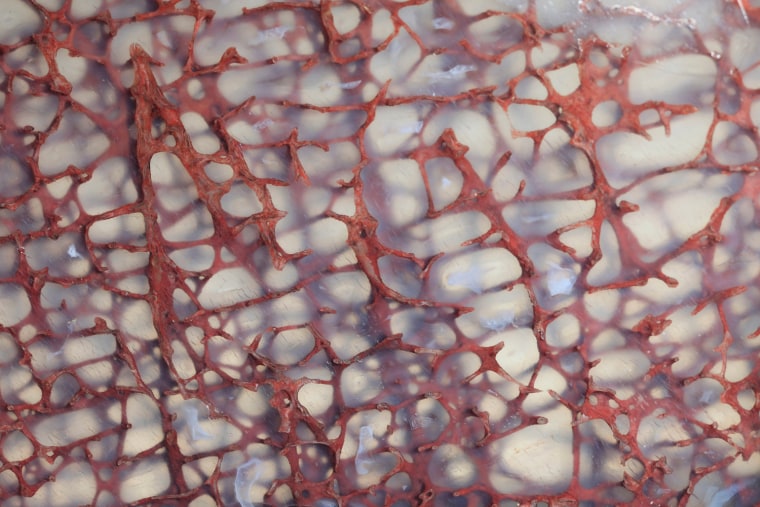
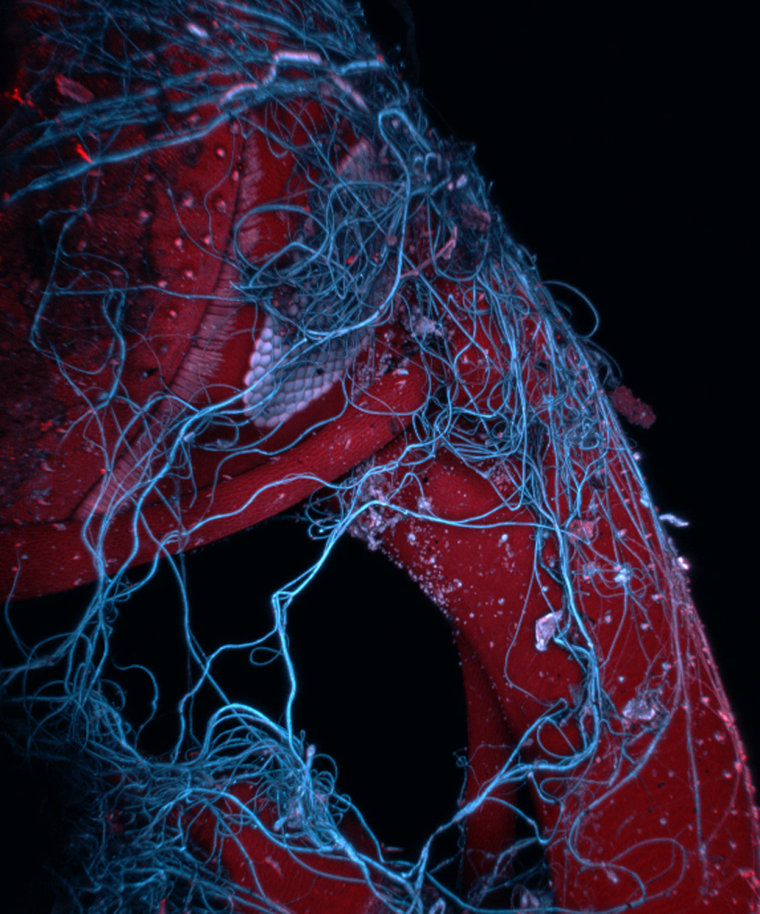

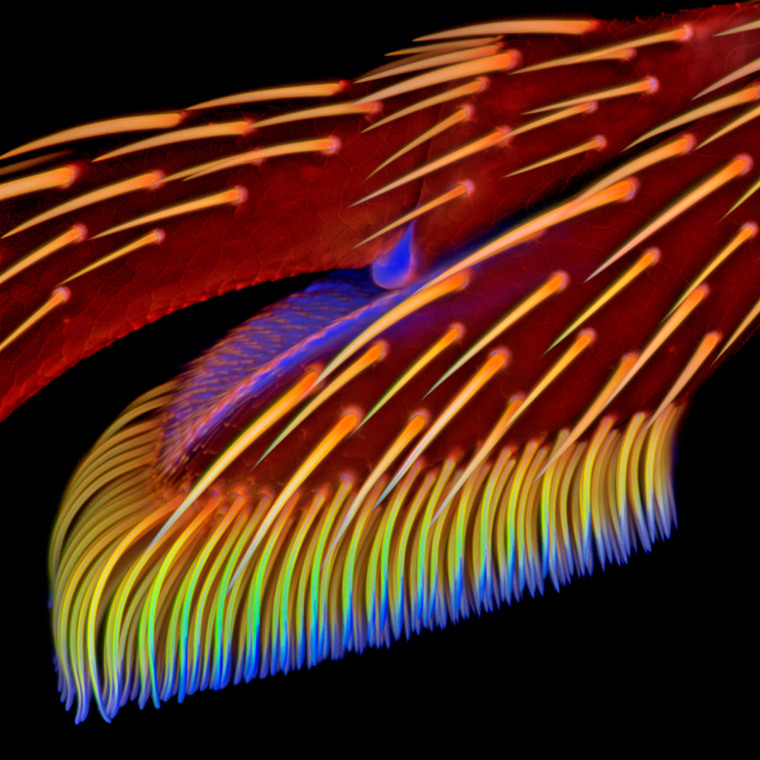
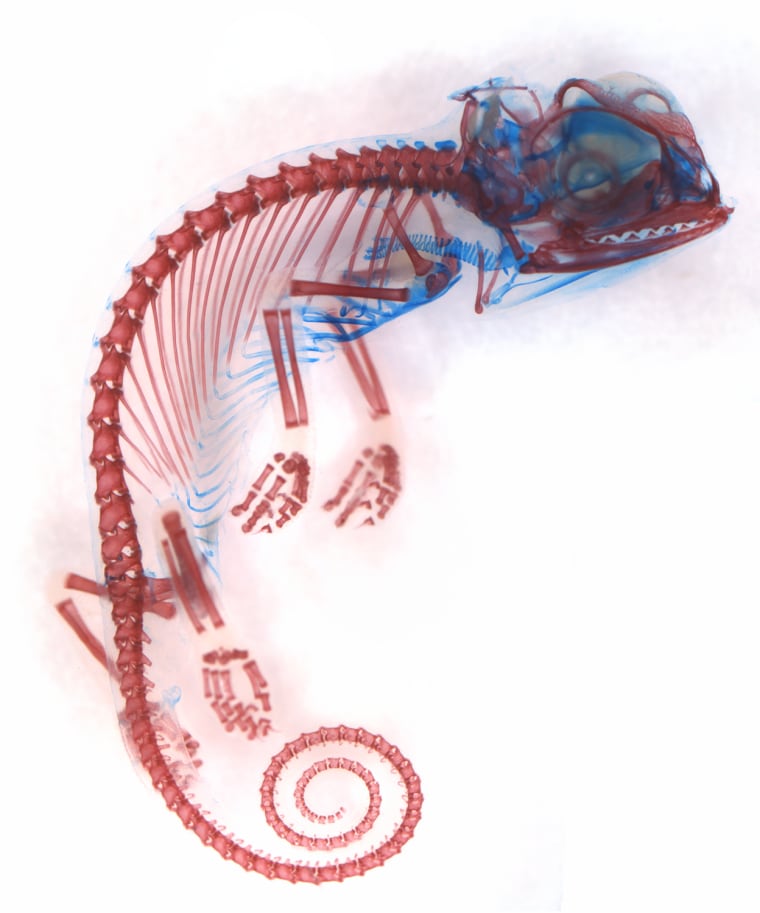
![Dr. Kieran Boyle
University of Glasgow, Institute of Neuroscience and Psychology
Glasgow, Scotland, UK
Hippocampal neuron receiving excitatory contacts
Fluorescence and Confocal
63X
[Improvision Data]
ImageName=
TimeStampMicroSeconds=3387346824918000
TimeStamp=10:40:24.918 on May 04, 2011
ChannelName=
ChannelNo=1
TimepointName=1
TimepointNo=1
ZPlane=1
BlackPoint=0
WhitePoint=255
WhiteColour=255,255,255
XCalibrationMicrons=0.154821
YCalibrationMicrons=0.154821
ZCalibrationMicrons=1
TotalChannels=1
TotalTimepoints=1
TotalZPlanes=1
Software=Volocity 4.4.0 Build 71
SampleUUID=bdab0a89-f1fd-466f-9fea-67a2c7e75f09](https://media-cldnry.s-nbcnews.com/image/upload/t_fit-760w,f_auto,q_auto:best/MSNBC/Components/Slideshows/_production/ss-131029-nikon-small-world/Entry_24503_Entry_21710_K Boyle 1.jpg)
